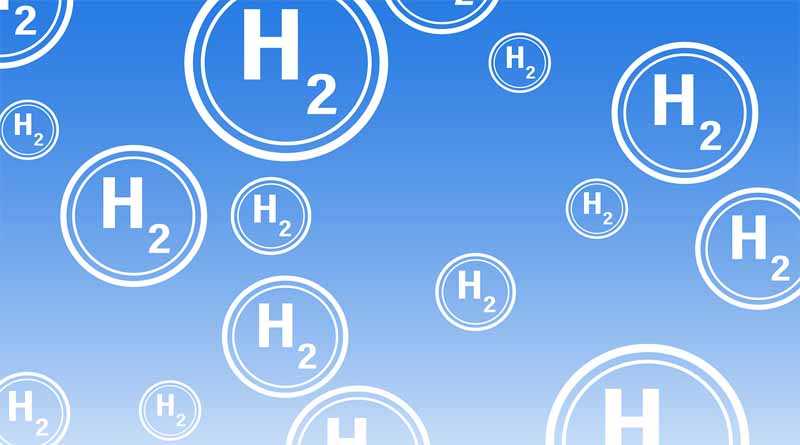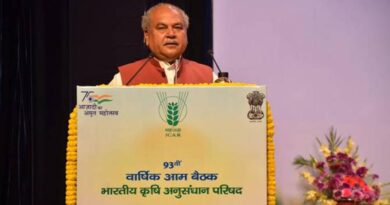How National Green Hydrogen Mission Seeks to Reduce Cost of Green Hydrogen
22 August 2023, New Delhi: The Union Minister for New & Renewable Energy and Power has informed that Green Hydrogen can be produced through electrolysis of water using renewable electricity, and from biomass through thermochemical and biochemical routes. At present, there is a very limited production of Hydrogen through renewable sources in the country. Several entities have announced plans to set up production facilities for Green Hydrogen/Green Ammonia in India. However, these are still at a preliminary stage.
The Minister informed that costs of the electrolyzers and input renewable energy are the two major components of Green Hydrogen production cost. The costs of capital, supply, and treatment of water, storage and distribution, conversion of hydrogen to suitable derivatives, and enabling infrastructure would also contribute to the final delivered cost of Green Hydrogen for any particular application. The Minister explained how the National Green Hydrogen Mission seeks to undertake the necessary steps to enable cost reduction in these aspects.
The Minister informed that on 4th January 2023, the Union Cabinet approved the National Green Hydrogen Mission with an outlay of ₹ 19,744 crore. The overarching objective of the Mission is to make India a Global Hub for the production, usage, and export of Green Hydrogen and its derivatives. The following components have been announced as part of the Mission:
i. Facilitating demand creation through exports and domestic utilization;
ii. Strategic Interventions for Green Hydrogen Transition (SIGHT) program, a major financial measure with an outlay of ₹ 17,490 crore. The program comprises two distinct financial incentive mechanisms to support the domestic manufacturing of electrolyzers and production of Green Hydrogen;
iii. Pilot Projects for green steel, mobility, shipping, decentralized energy applications, hydrogen production from biomass, hydrogen storage, etc.;
iv. Development of Green Hydrogen Hubs;
v. Support for infrastructure development;
vi. Establishing a robust framework of regulations and standards;
vii. Research & Development programme;
viii. Skill development program; and
ix. Public awareness and outreach program.
The Mission does not have a provision of incentives for the consumption of Green Hydrogen or its derivatives.
The Mission is expected to lead to the development of a 5 MMT (Million Metric Tonne) Green Hydrogen production capacity per annum by 2030, contributing to a reduction in dependence on the import of fossil fuels. Achievement of Mission targets is expected to reduce a cumulative ₹ 1 lakh crore worth of fossil fuel imports by 2030. This is likely to leverage over ₹8 lakh crore in total investments and create over 6 lakh jobs. Nearly 50 MMT per annum of CO2 emissions are expected to be averted through the production and use of the targeted quantum of Green Hydrogen.
The Mission aims to develop and scale up Green Hydrogen production technology and make it affordable and widely accessible.
The Minister informed that other steps are also being taken by the Government to turn India into a global hub for the production, use, and export of Green Hydrogen, including inter-alia:
· Waiver of inter-state transmission charges has been granted for a period of 25 years to the producers of Green Hydrogen and Green Ammonia for the projects commissioned before 31st December 2030.
· The Electricity (Promoting Renewable Energy through Green Energy Open Access) Rules, 2022, notified in June 2022 have specified provisions for facilitating the supply of renewable energy through Open Access for Green Hydrogen production.
Also Read: Best Agrolife Ltd. Appoints Mr Suradevara Bala Venkata Rama Prasad as New Executive Director
(For Latest Agriculture News & Updates, follow Krishak Jagat on Google News)















